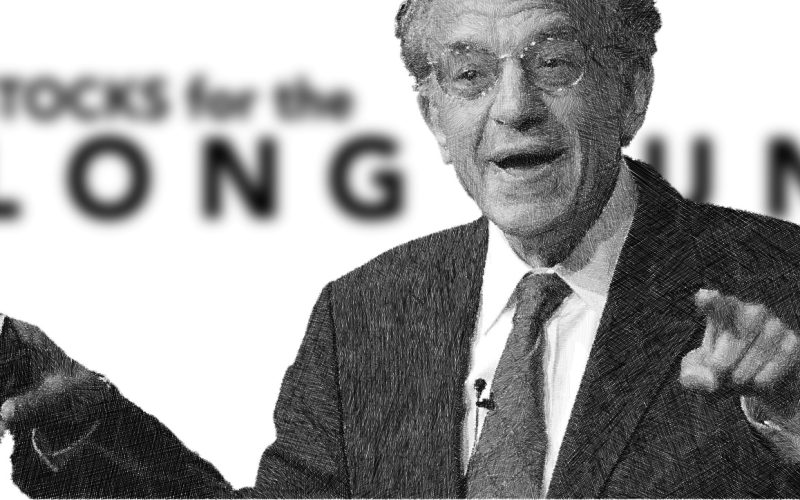by Professor Jeremy J. Siegel, Senior Economist to WisdomTree and Emeritus Professor of Finance at The Wharton School of the University of Pennsylvania
It was a big week for economic data—both for inflation and real economic activity. One could interpret the full slate of releases as casting a negative shadow over the markets, yet the underlying equity markets remained in a strong uptrend. I think this trend will continue—but let’s review the data.
Both the Producer Price Index (PPI) and Consumer Price Index (CPI) inflation reports came in above expectations. Some of the real data however came in below expectations, particularly retail sales and housing starts. Why such resilience with this set of data?
The very sensitive indicators that I watch are not showing signs of a true downturn. The homebuilder sentiment index, measured by the National Association of Home Builders (NAHB) Housing Market Index, actually rose more than expected, although housing starts (more of a rearview mirror report and impacted by weather) were disappointing. We had a good reading on unemployment claims which continue to show resilience in the labor market despite some notable headlines from tech companies about job cuts.
The market looks like it’s interpreting the hotter inflation data as a one-off seasonal adjustment problem specific to January. We’ve seen seasonal adjustment as more of a problem since the COVID-19 pandemic.
As we have noted many times, the CPI has a specific issue with shelter inflation, which came in at 6% for the last twelve months and is up 0.6% for the month of February, whereas the Apartment List National Rent Index data shows a decline in prices over the last twelve months. Shelter was a major source of upside for the CPI report. So, I wasn’t as disturbed by the details of that inflation release. I know the supercore CPI index rate, which includes hotels and airfares, surged but that is a very narrow basket also seeing one-off seasonal adjustments in January.
One good aspect of the report was that intermediate goods in the PPI were down this month and down 15% year-over-year. And if you want a sensitive indicator, look at the commodity price indexes, which hit two-year lows last week and were down over 30% since March 2022. This is not a sign of inflationary pressure.
What are the implications of all that inflation and real data for the Fed? There should be no rate cut in March, barring some very bad unforeseen geopolitical event. There will be no rise in rates this year. The first cut will, of course, depend on the upcoming data. We have more price data coming before the March meeting and more labor market reports. The current quarter gross domestic product (GDP) estimates cooled from the low threes to the low twos, which is still decent economic performance. Good GDP growth is translating to good earnings.
In summary, I think we remain in an uptrend for the equity markets early in this year. We also see money moving into crypto. I assume that uptrend too might continue. When you get strong trends in speculative assets, more trend-followers come on board. It is possible for bitcoin to re-test its highs closer to the 70,000 level that we experienced during the pandemic. It appears investors are not content to just earning 5% in money market funds, investors are moving funds into stocks and crypto.
Copyright © WisdomTree














